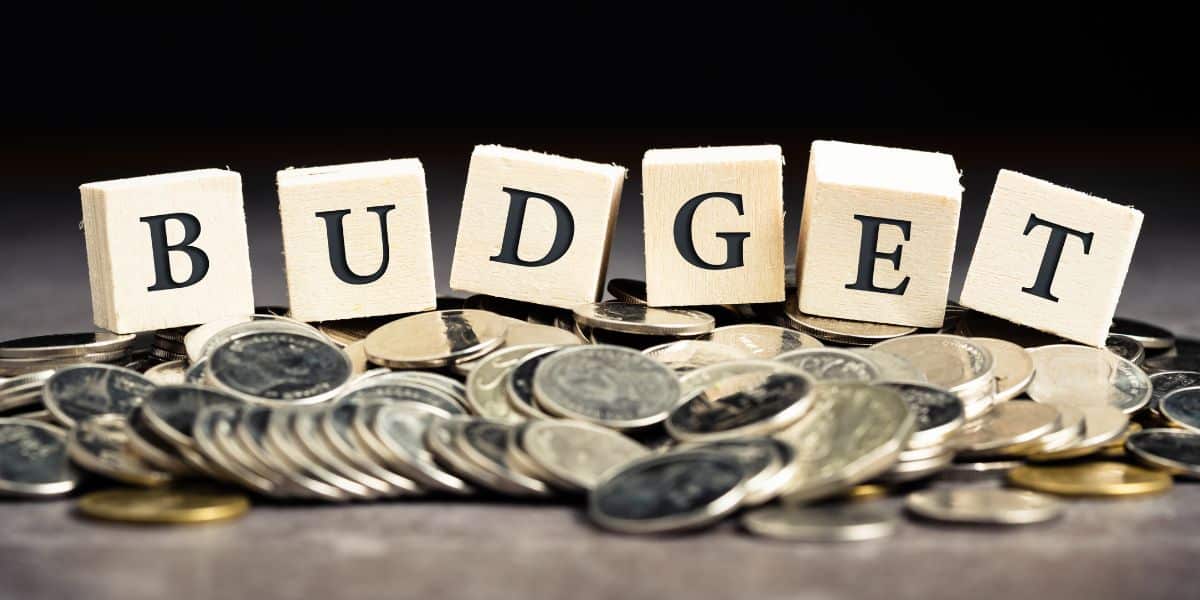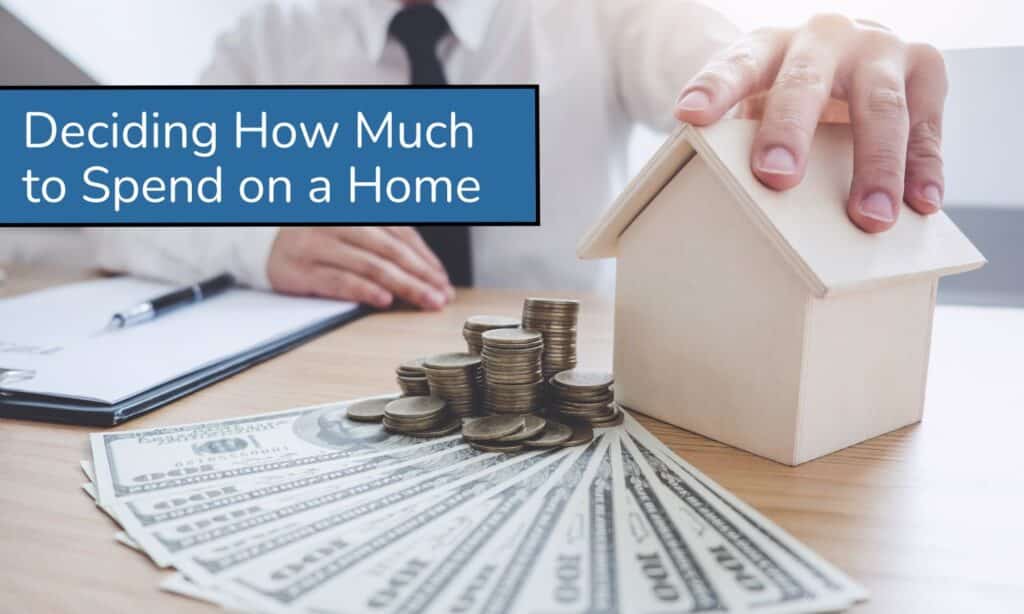Figuring out how much to spend when buying a home is one of the most important decisions you’ll make—especially for first-time homebuyers who may not be familiar with the hidden costs of homeownership. It’s easy to focus only on the listing price or what a lender says you can afford, but stretching your budget too far can leave you “house poor” and stressed about every unexpected expense.
Whether you’re considering a modest condo or a $500,000 home in a competitive market, knowing your financial limits will help you feel more confident when it’s time to make an offer. This guide walks you through the key factors to consider—from loan pre-approval and mortgage interest rates to long-term home maintenance—so you can make a smart, sustainable choice that supports your lifestyle and financial goals.
Start with a Clear Look at Your Finances
Before diving into the process of buying a home, take a detailed look at your overall financial picture. Start by evaluating your monthly income, current debt obligations (like car loans and student loans), and how much you typically spend on essentials like groceries, insurance, and utilities. This will give you a solid baseline for determining how much you can comfortably allocate toward a monthly mortgage payment.
Lenders often use your debt-to-income (DTI) ratio to evaluate your borrowing capacity. This is the percentage of your monthly income that goes toward debt. In most cases, they prefer your housing costs (including your mortgage, taxes, insurance, and HOA fees) to stay below 28% of your gross monthly income, and total debts to stay under 36%.
Also, consider your emergency savings. After your down payment and closing costs, it’s important to still have a cushion for unplanned expenses. The more financially prepared you are, the smoother the entire experience will be—especially if you need to back out after the offer is accepted due to financing concerns.
Understand What You Can Borrow vs. What You Should Spend
Getting pre-approved is a critical step in the homebuying process. It gives you a clear idea of how much a lender is willing to loan you, and it strengthens your position when you’re ready to make an offer. But just because you’re approved for a certain amount doesn’t mean you should spend it all.
For example, you may qualify for a loan to buy a $500,000 home, but if that figure maxes out your monthly budget, you could be setting yourself up for financial strain—especially when you factor in mortgage interest rates, property taxes, insurance, and regular home maintenance.
This is where your personal financial comfort zone matters more than your loan approval limit. Think about how the monthly payment will impact your ability to travel, save for retirement, or handle unexpected costs. First-time homebuyers in particular should be cautious about taking on a payment that leaves little room for flexibility or emergencies.
Account for Hidden and Ongoing Costs of Homeownership
When budgeting for a home, it’s easy to focus only on the mortgage payment. But there are many other expenses that come with homeownership—some predictable, others not.
In addition to your principal and interest, you’ll need to budget for:
- Property taxes, which vary by location and can increase over time
- Homeowners insurance, a must-have to protect your investment
- HOA fees, if the home is in a neighborhood with a homeowners association
- Utilities, including electricity, water, internet, and trash service
- Regular home maintenance, such as lawn care, plumbing repairs, HVAC servicing, and appliance upkeep
- Unexpected repairs, like a leaking roof or broken water heater
These costs can easily add hundreds—or even thousands—of dollars to your monthly expenses. Being realistic about them will help you avoid unpleasant surprises after closing. Even if you buy a move-in-ready home, set aside a portion of your monthly budget for ongoing upkeep. This is especially important if you’re trying to avoid having to back out after the offer is accepted because you realize the home’s true cost is beyond your comfort zone.
Consider Your Long-Term Goals and Lifestyle
Your home should support your life—not strain it. Before locking in a number, think about your bigger picture:
- Are you planning to grow your family?
- Do you want to travel regularly?
- Would you like to invest or save aggressively for retirement?
- Is job flexibility or a potential relocation in your future?
Spending too much on your mortgage can limit your ability to pursue these goals. Even if you’re involved in a negotiation for a beautiful home that seems perfect today, it’s important to ask if it still fits your future.
A home should be a stable foundation, not a financial anchor. The goal isn’t to buy the most expensive home you can afford—it’s to buy a home that allows you to live comfortably and confidently through all of life’s changes.
The Risk of Being House Poor
One of the biggest mistakes homebuyers make—especially in competitive markets—is stretching their budget to the absolute max just to win a home. While it might feel worth it in the moment, this can lead to becoming “house poor,” where a large portion of your income is tied up in your home, leaving little room for anything else.
Signs you might be house poor include:
- Struggling to pay non-housing bills each month
- Cutting back on essentials or skipping savings contributions
- Feeling stressed every time a repair or bill comes up
- Relying on credit cards to cover daily expenses
Buying a home should feel like a smart step forward—not a source of constant financial anxiety. By being honest about your budget, avoiding pressure during negotiation, and resisting the urge to max out your approval amount, you’ll set yourself up for long-term success.

Tips for Setting a Smart Homebuying Budget
To avoid common pitfalls and set yourself up for stability, keep these tips in mind:
- Base your budget on your comfort level, not just your loan approval.
- Leave room for other life goals like travel, hobbies, or family plans.
- Build in a monthly buffer for unexpected repairs and fluctuating costs.
- Don’t forget upfront costs, like your down payment, closing costs, and moving expenses.
- Use budgeting tools or speak to a financial advisor to align your purchase with your long-term goals.
And finally, keep perspective. If you’re just starting the process of buying a home, remember that your first house doesn’t need to be your forever home. Buying within your means now puts you in a better position to move up later without the financial strain.
Conclusion
Deciding how much to spend on a home is about more than just getting pre-approved or choosing a number that fits today’s budget. It’s about setting yourself up for a lifestyle that includes both financial security and personal freedom. From hidden costs like HOA fees and home maintenance to the very real risk of becoming house poor, smart planning is key.
Whether you’re a first-time buyer or returning to the market, take the time to run the numbers and be honest with yourself. When you make an offer on a home that fits your goals and your wallet, you’re not just buying a house—you’re investing in your peace of mind.


